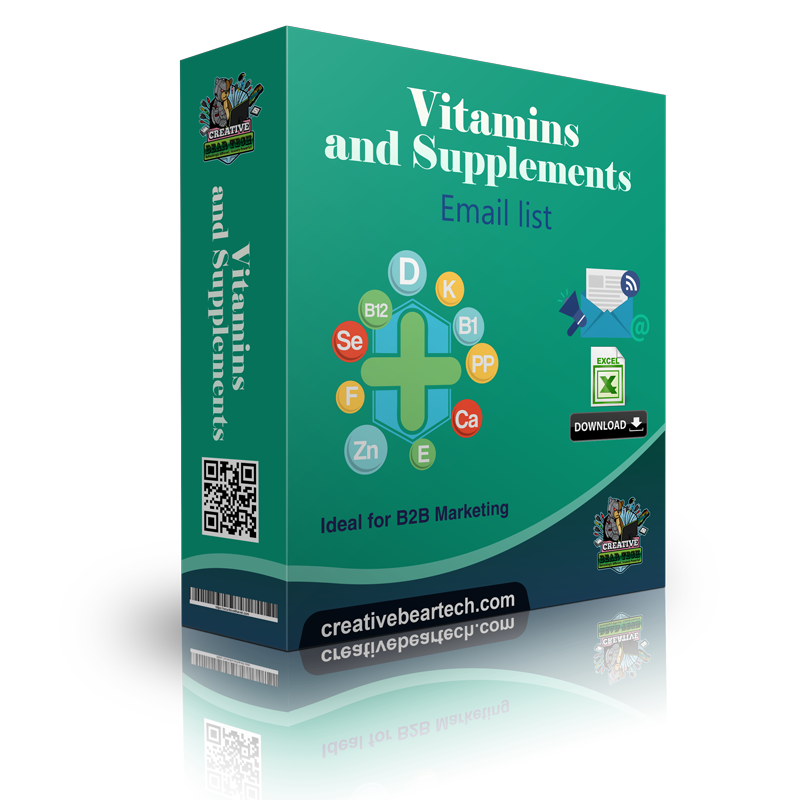How is b2b telemarketing different from b2c telemarketing? How often do you email your subscribers? Depending on the preferences of your subscribers, you may be sending too many or too few emails to keep them engaged with your brand. How many emails you send will largely depend on what you’re hoping to accomplish with your email marketing strategy. If you want to increase website traffic, more emails will do the trick. If you want to increase open rates on the other hand, sending more emails might have the opposite effect. We recommend testing different email frequencies with your audience to see what they best respond to. You could also let subscribers choose their own email frequency if your email marketing service supports it. You could include a selection for email frequency on your opt-in form to segment them from the start or send an email blast to your list to ask them to self-segment based on how often they want to hear from your brand. Remember that you’ll need to create different email campaigns for different frequencies.
Why Your Email Open Rate Matters? If your email subscribers aren’t opening your emails that means they’re not getting your marketing messages, they’re not taking action based on your emails, and, ultimately, not becoming customers. All of those stunning email marketing templates and the countless hours you’ve spent writing brilliant email copy are wasted. Your email open-rate helps you understand the percentage of emails that are opened by existing and new subscribers or customers and lets you know how many people are actually seeing the content of your emails. The open rate can give you excellent signals about how your subject lines are performing, how the time you send your emails can make a difference for your specific audience, and if your email marketing is having its desired effect.
Initially, the term “search engine marketing” was used as an umbrella term for the process of gaining both paid and free search traffic. Over time, the industry switched to using the term “SEM”, or Search Engine Marketing, solely for paid activities. So, what does this type of digital marketing mean? Search engine marketing refers to a form of digital marketing that aims at increasing the visibility of a website in search engines by using paid methods. In other words, it’s the ads you put out there on Google AdWords and Bing Ads. You can recognize paid search results in Google by the little sign “Ad” at the beginning of the URL. Also, Google puts these pages first in the search results. By combining SEO and SEM, you can drive quality traffic to your website. With the help of search engine marketing, you can put yourself in front of the audience that is actively searching for services and brands like yours. Read even more information on how to succeed at compliant email marketing.
Typically, each SMTP account will have email sending restrictions and daily limits. Adding multiple SMTP accounts will help you to rotate between every SMTP account which will help you to increase your overall success and inbox rate. SMTP rotation will also reduce the risk of blacklists and complaints. CBT Mass Mailer Software will allow you to either import SMTP accounts via a file upload or you can enter them manually into an input box.

What Factors Affect Local SEO? According to a local SEO case study by Moz, the factors that influence local SEO can be divided into 2 parts; factors that influence the local 3-pack and map rankings & those that influence organic search rankings. You can see that both the local 3-pack and organic listing rankings require Google My Business signals, Citation signals, Link signals, Reviews and OnPage signals as the major factors. Let’s discuss them in detail.
Some of the most recognizable brands in the world today are so well-known that they are synonymous with the industry in which they operate. Spotify is a great example. All of their emails are relevant and brilliantly curated. Now imagine your small business standing out as a clearly identifiable brand like Spotify. Email marketing is a great way to develop your brand identity because it gives you a direct line to the email inboxes of your customers or potential customers. Once you begin creating valuable content for the customer, you’ll have an edge over your competitors. You can even use your emails to get useful feedback. Are customers happy with the content you’re providing? Would they like to learn something different? Use a survey or start a discussion on social media. Once you get them involved in the process, you’ll know exactly how to provide valuable content in your emails. Read extra information on Email Marketing Tutorials.